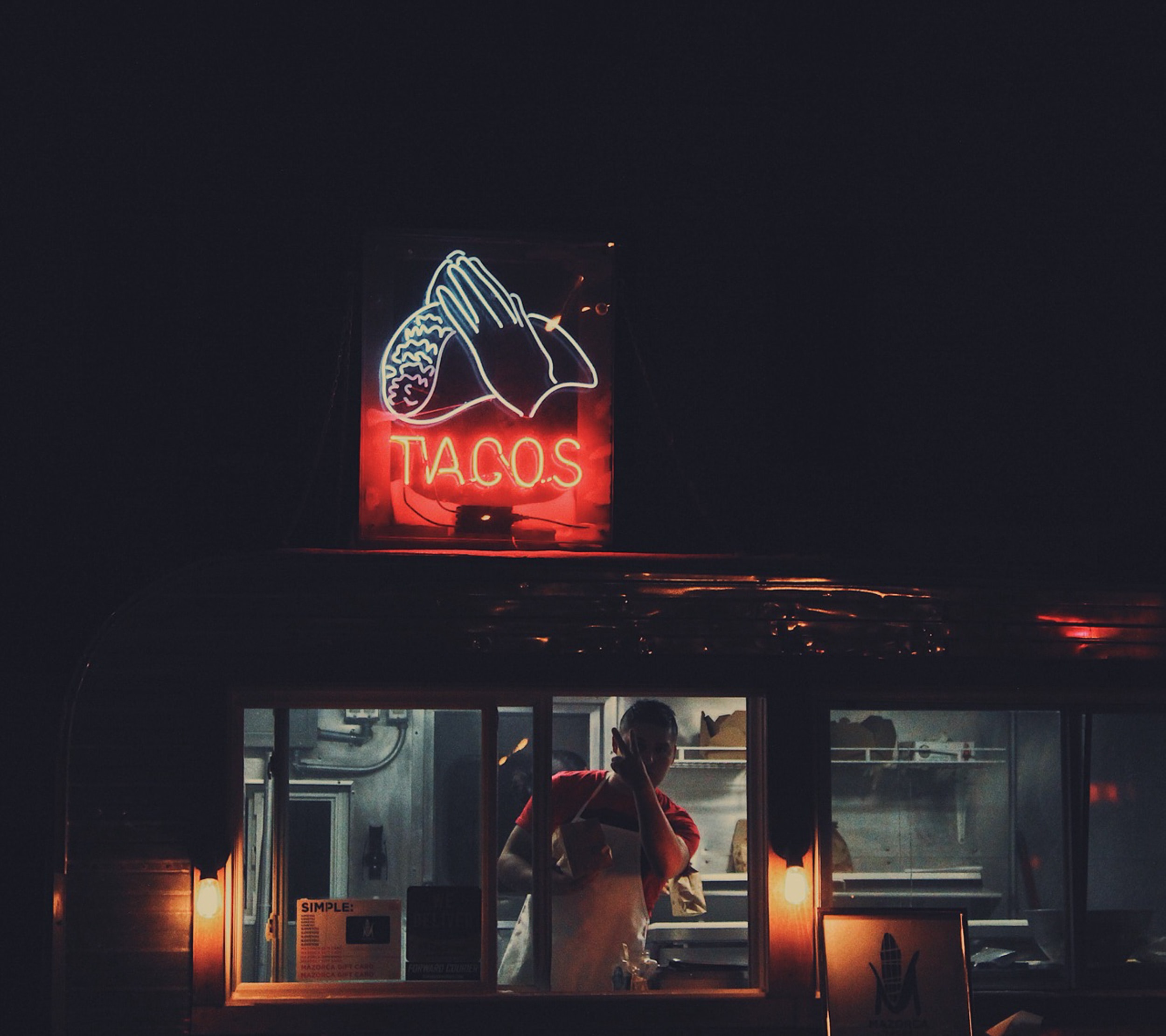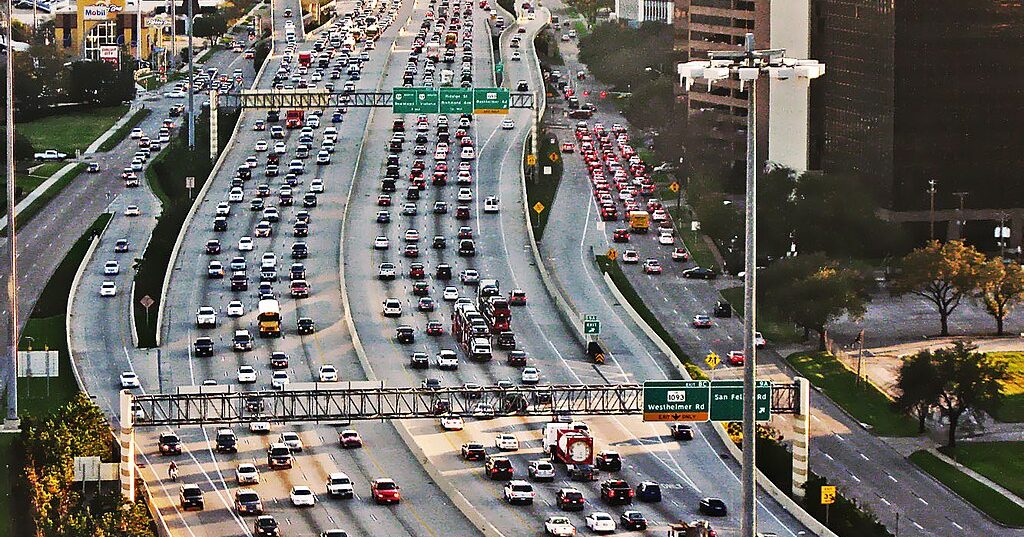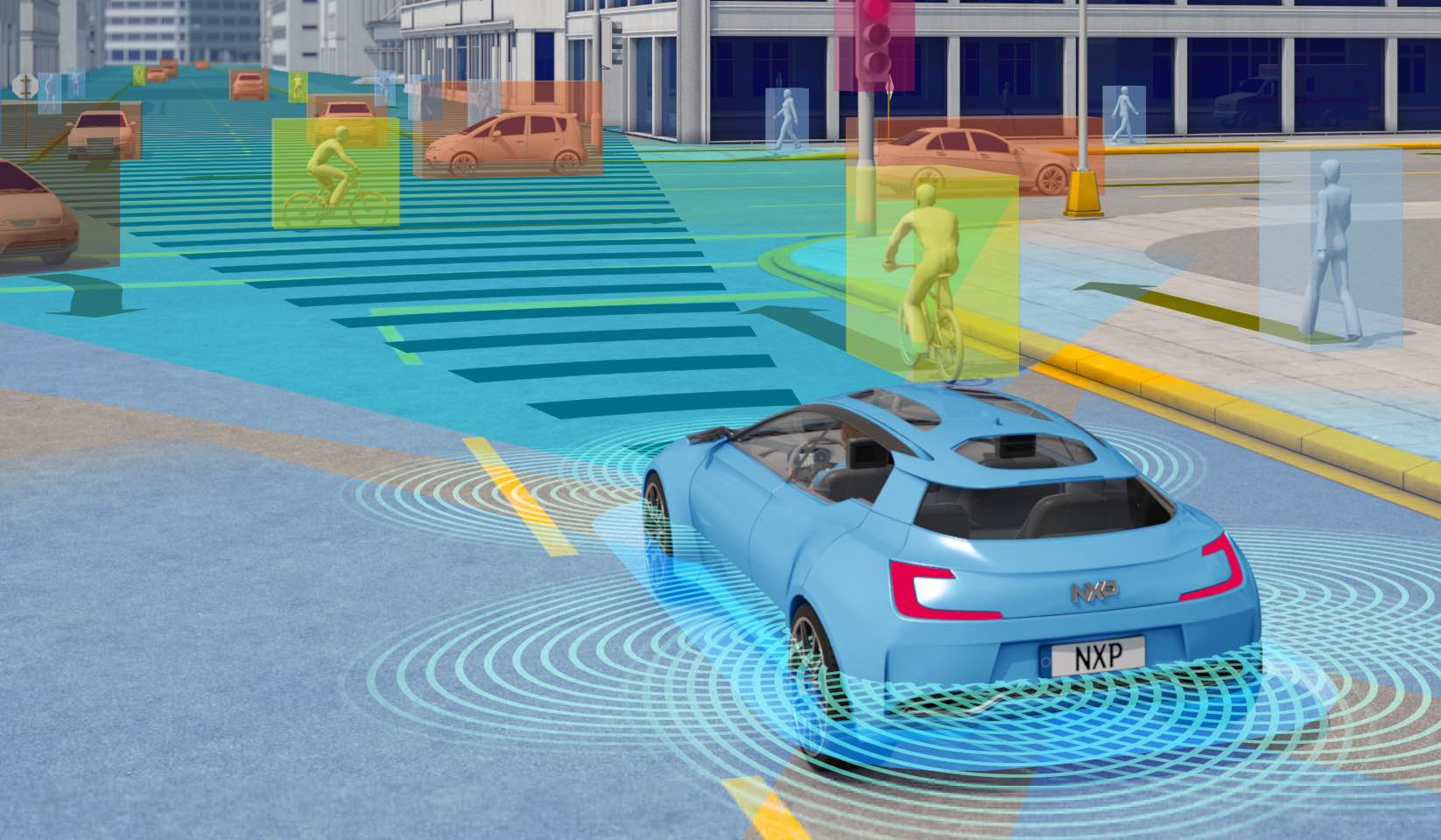Editor's note: A version of this article originally appeared on Millennial American Dream and is republished with permission.
The food truck revolution has taken the world by storm, but it’s in cities like Austin that the culture truly thrives. It is widely recognized for it’s rich and diverse street food scenes and many food truck parks. But what sets them apart? What's the secret sauce that makes their street food culture buzz with energy and flavor?
In many urban areas, food trucks congregate in dedicated areas known as "food truck parks." This allows for variety in a single location, creating a hub of culinary exploration. This not only creates more foot traffic for the vendors but also offers customers a plethora of options, turning a quick bite into a social event.
Let’s take a closer look at the municipal codes and compare why food trucks work in one city vs another, in this case Austin, TX vs Round Rock, TX (a nearby suburb north of Austin). Austin has been at the forefront of the food truck movement, with its welcoming regulations and passionate foodie culture. Let’s look at a snippet of Austin's Food Truck Rules (Title 25 - Land Development, Chapter 25-2 - Zoning, Subchapter C - Use of Development Regulation, Article 4 - Additional Requirements for Certain Uses, Division 2 - Commercial Uses, § 25-2-812 - MOBILE FOOD ESTABLISHMENTS.)
A mobile food establishment:
(1) must be licensed by the health authority;
(2) is permitted in all commercial and industrial zoning districts, except in a neighborhood office (NO), limited office (LO), or general office (GO) zoning district;
(3) may not be located within 50 feet of a lot with a building that contains both a residential and commercial use;
(4) may not operate between the hours of 3:00 a.m. and 6:00 a.m.; and
(5) may not be located within 20 feet of a restaurant (general) or restaurant (limited) use.
That’s it; that’s the entire municipal code for food trucks. Having by-right rules in commercial and industrial zoning is incredibly relaxed compared to most other cities in the US.
Also note there is no limit on the total number of food trucks per property, nor is there any provision that a food truck be temporary only. These are key and allow for food trucks to be semi-permanently placed at bars, beer gardens, food truck parks, auto shops, and even apartment buildings (as long as they are 50 feet away from a residential building, since this is for better clean air).
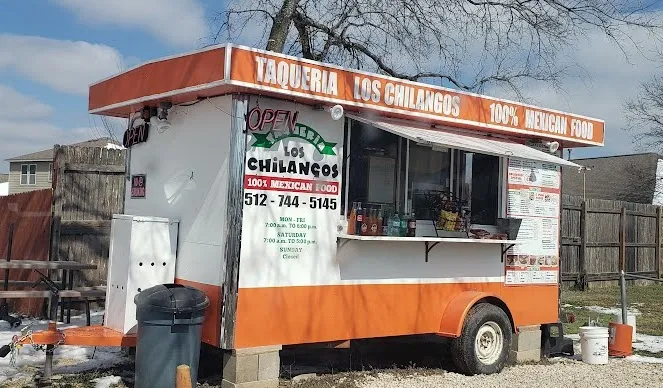
This is what makes Austin’s food truck culture so distinct. In additional Austin has removed parking requirements in most of the city, meaning even more properties can now host food truck parks.
Now, compare this with Round Rock's Food Truck Rules, Code of Ordinances: Chapter 18, Sec. 18-2. The complete code is far too long to post in it’s entirety, but it includes prohibitions on food trucks "in public streets or in public parking lots," "on sidewalks in or along the right-of-way without prior approval from the city," or in "any parking spaces needed for the minimum required parking for the primary use," along with a host of other siting provisions, equipment requirements, and more.
The key item to focus on are the requirement that a food truck be temporary — the code repeatedly asserts that "Mobile food establishments are meant to be open and on-site on a temporary basis" — as in they must be moved regularly, like a construction site or at an office only for lunchtime service. It cannot be hooked up to local utilities, the property owner is responsible for obtaining the permit for operation, not the truck owner, and each property is limited in the number of trucks in operation per lot.
Put it all together, and the code for Round Rock, with a population of 123K people, is more than ten times the length of the city of Austin code with a population of 964K people.
Simplicity and ease of permitting is key to allowing small businesses to thrive. Allowing food trucks to be semi-permanent and connect to local utilities can drastically cut down on emissions and pollution. For instance, when trucks can plug into electricity, they don’t need to run noisy and polluting generators. This not only aids in a more eco-friendly approach but also enhances the overall dining experience for patrons.
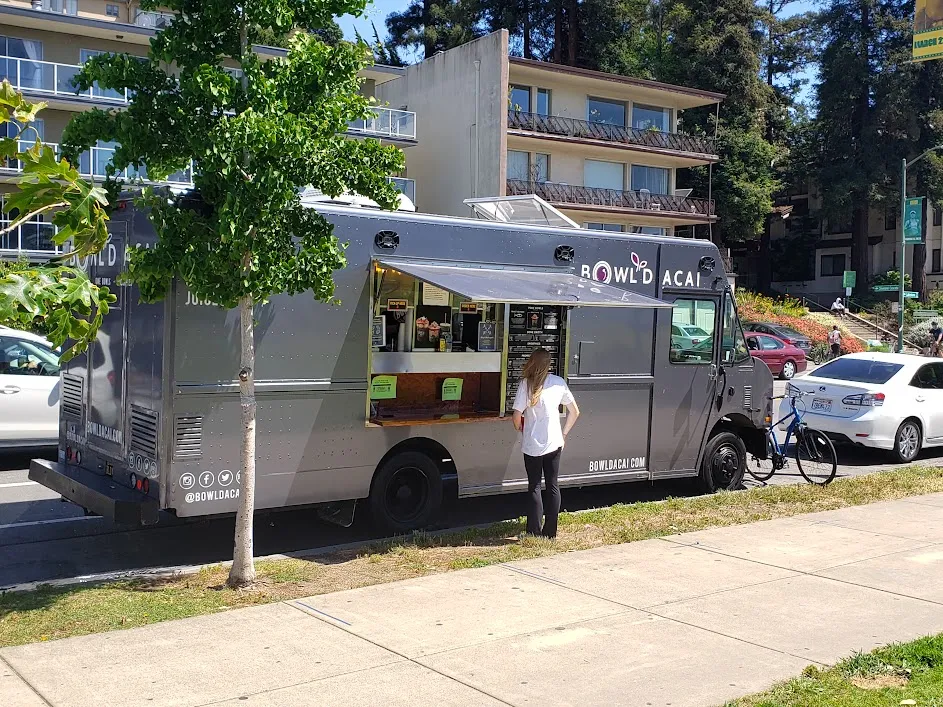
Emulating the successes of Austin in cultivating a vibrant food truck culture requires a mix of flexible regulations that leans most heavily on safe and clean food preparation and not very concerned with the nit picking of other less important elements like location and signage. Also keeping in mind sustainability, and an understanding of the needs of both vendors, patrons, and land owners.
As cities in the US and worldwide seek to enhance their culinary (and street) landscapes and provide unique experiences for their residents and visitors alike, they would do well to consider these elements, ensuring a win-win for everyone involved.
Michael Moore is the Editor-in-Chief of Millennial American Dream, and has been featured previously in Streetsblog and Planetizen, you can follow him on Threads @micwmoore.
